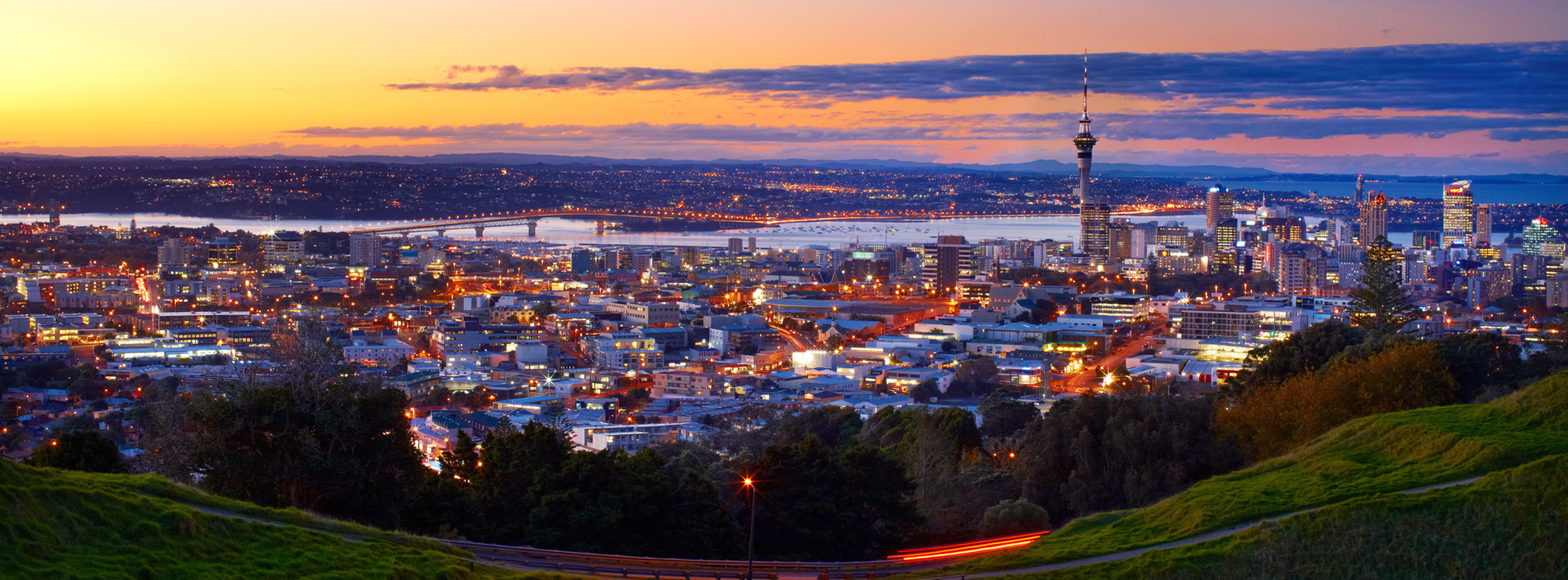
Central Auckland: bustling, beautiful, always beguiling
Auckland. Our diverse and buzzing supercity attracts lovers of good food, good beaches and hearty adventures in the great outdoors.
Our children will take completely different memories of the Auckland War Memorial Museum into their futures than the majority of us have borne from our past.
Forget the moth-eaten, sad-eyed elephant reeking of embalming fluid. Forget the dark, creepy Victorian village. Our kids will remember the excellent holiday programmes or the fantastic sight of the Auckland volcano field in full eruption, or something to equal these, given the museum’s new and exciting programme of interactive exhibits.
The first Auckland Museum began in a disused government farm building on the corner of Symonds Street and Grafton Road in 1852, housing the collections of amateur enthusiasts and naturalists. It’s grown like topsy since then.

In 1920, the city fathers decided to construct and consecrate the present, magnificent neo-classical building – the museum’s fifth home – to the memory of those who fell in the First World War. A competition was held, and the winning design was chosen from an international field of entries.
Appropriately as it seems, it belonged to an Auckland firm, Grierson, Aimer and Draffin. The site was a spot in the Auckland Domain – actually the eroded cone of an extinct volcano – called Observation Hill, giving commanding views of the Waitematā Harbour and the growing city. Construction was complete, the collections shifted to their new premises and the Museum re-opened to the public in 1929.
It was extended in 1960, with a great, curved chamber engraved with the names of the Glorious Dead constructed to the rear of the original building. A major renovation – including the fitting of a huge revolving door – was completed in 1999 and the building was then expanded again, with the rear courtyard converted into a breathtaking new space known as The Dome – a vast, copper and glass dome that was opened in December 2006.
The permanent collection houses some 2.7 million items, including the largest array of Māori taonga in the world and a leading natural history collection.
It also regularly hosts internationally acclaimed visiting displays, with the emphasis firmly on the interactive rather than the dead and the passive, such as those with which the museums of the world were once furnished.
It’s an Auckland icon, a treasure-house and a national treasure in its own right.